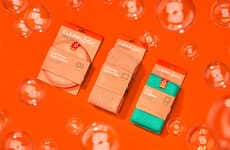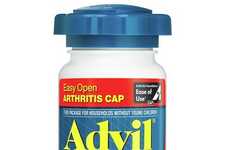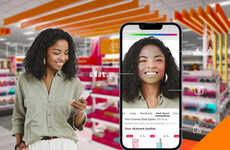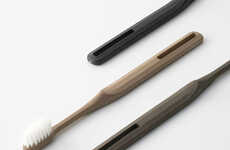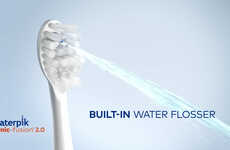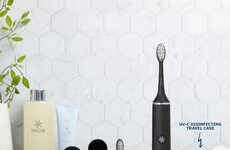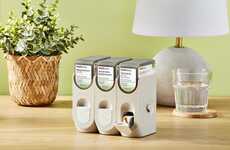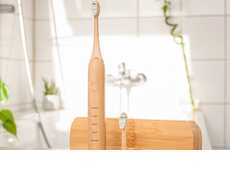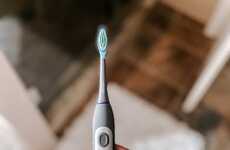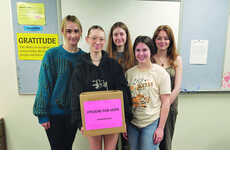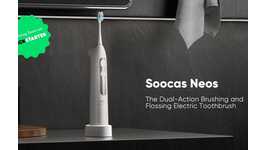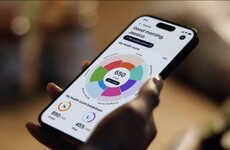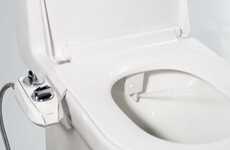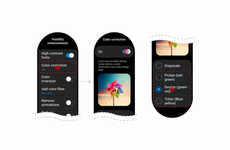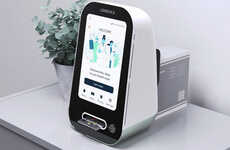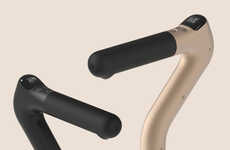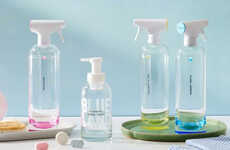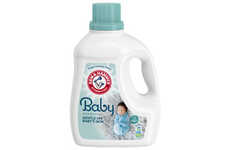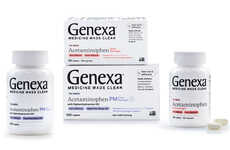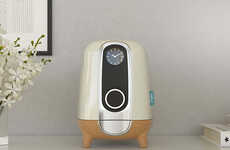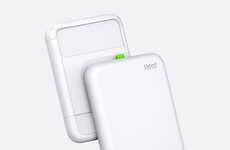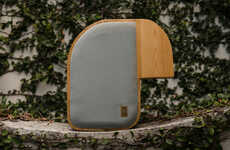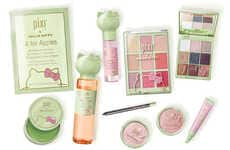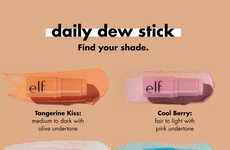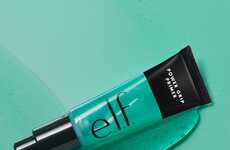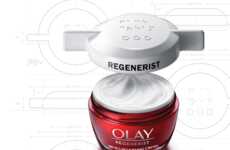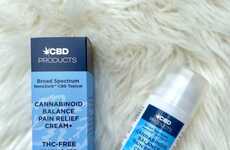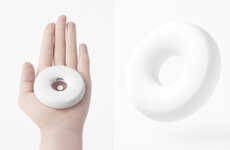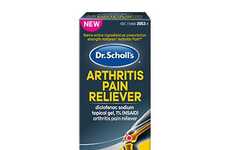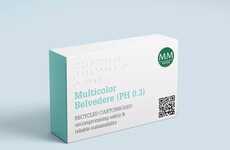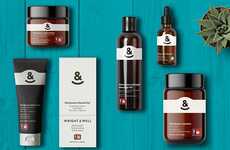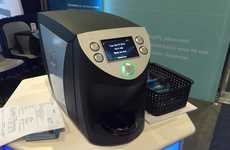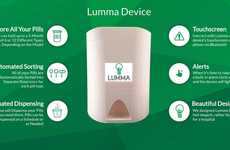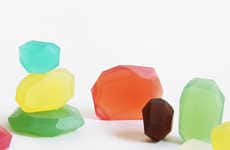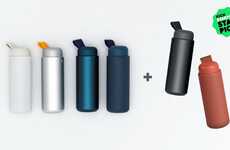
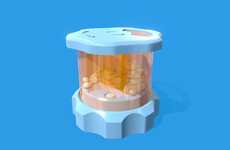


Brands are designing personal care and hygiene items to be more inclusive
Trend - Mainstream brands in the personal care and healthcare space are designing their products to be more accessible for those with disabilities. These include pill bottles, deodorants, and toothbrushes designed to be used by individuals with different abilities or dexterities.
Insight - Thanks to activism efforts led by those living with disabilities and their allies, there is a greater awareness about the need for more infrastructure and products designed to accommodate people who have disabilities. This push for inclusion to historically under-served demographics has led some brands to create new products to help these individuals go about their daily life with greater ease and more independence.
Insight - Thanks to activism efforts led by those living with disabilities and their allies, there is a greater awareness about the need for more infrastructure and products designed to accommodate people who have disabilities. This push for inclusion to historically under-served demographics has led some brands to create new products to help these individuals go about their daily life with greater ease and more independence.
Workshop Question - How can your brand increase your inclusivity and accessibility efforts?
Trend Themes
1. Inclusive Personal Care Products - Mainstream brands are designing their products to be more accessible for people with disabilities or different abilities, leading to more independence and ease for a historically under-served demographic.
2. Accessibility-focused Haircare and Makeup Products - Brands are creating haircare and makeup products that cater specifically to the needs of people with disabilities and motor impairments, with the help of inclusive design and assistive technology.
3. Inclusive Hair Tools and Search Features - Hair tools and search features are being designed to be more accessible and empowering for people of all hair types, making searching for hairstyles easier and more customizable.
Industry Implications
1. Personal Care - Inclusive design and assistive technology have disrupted the personal care industry, leading to products that better serve the needs of people with disabilities.
2. Beauty - The beauty industry has seen a disruption with the emergence of accessibility-focused makeup tools, catering to the needs of people with motor impairments and visual impairments.
3. Technology and Design - The technology and design industries have played a significant role in creating accessibility-focused tools and products, making them more inclusive for people with disabilities and different abilities.

